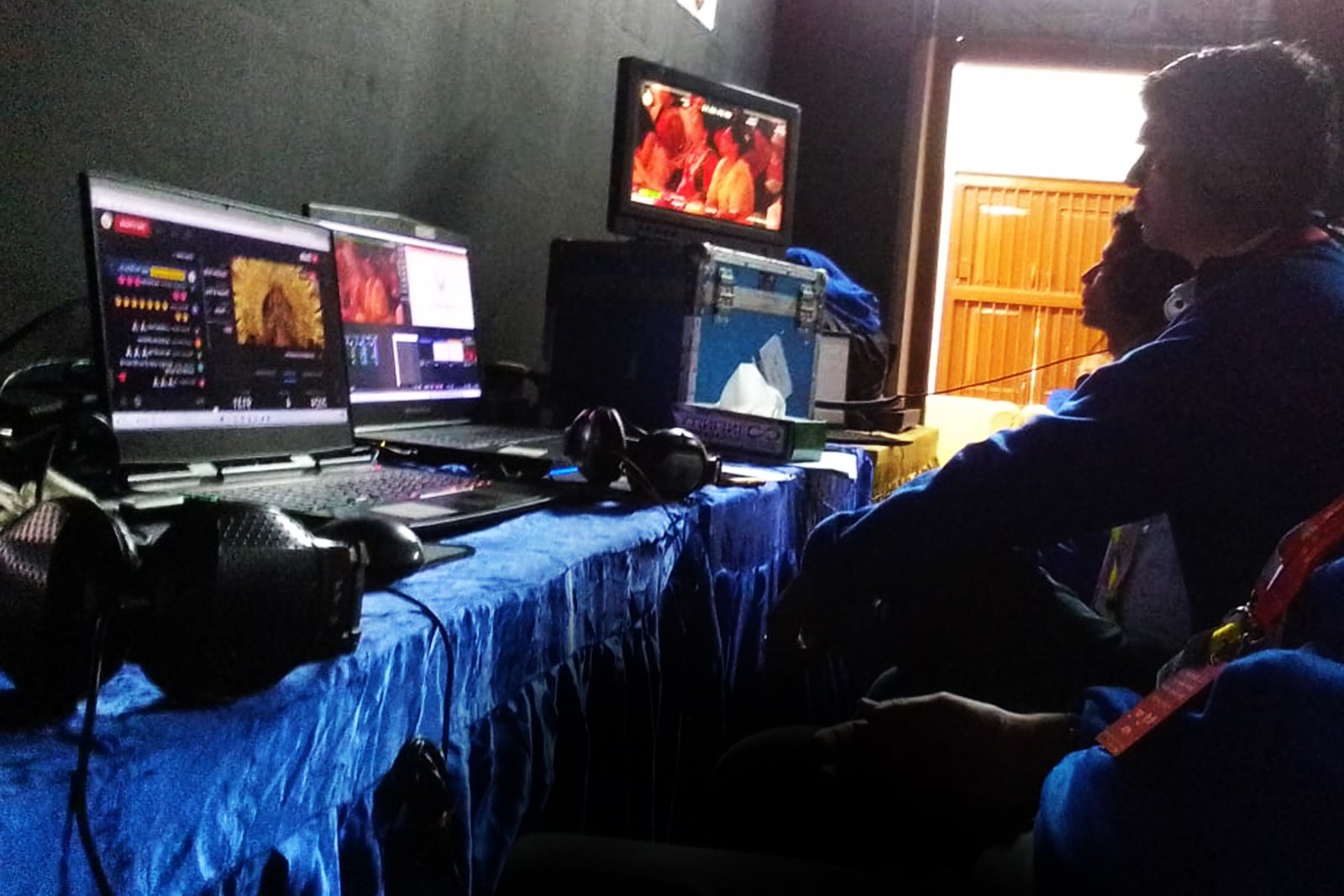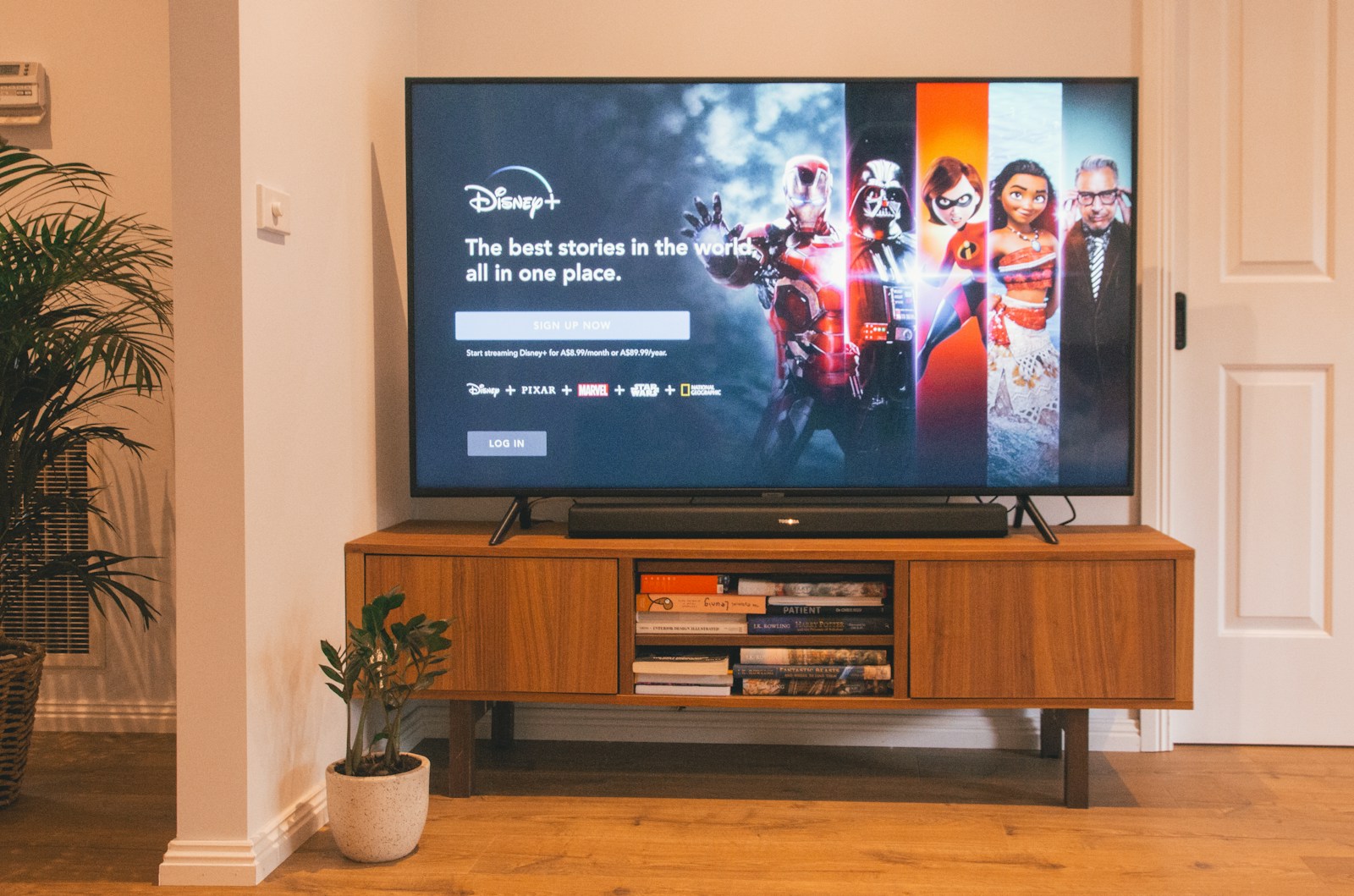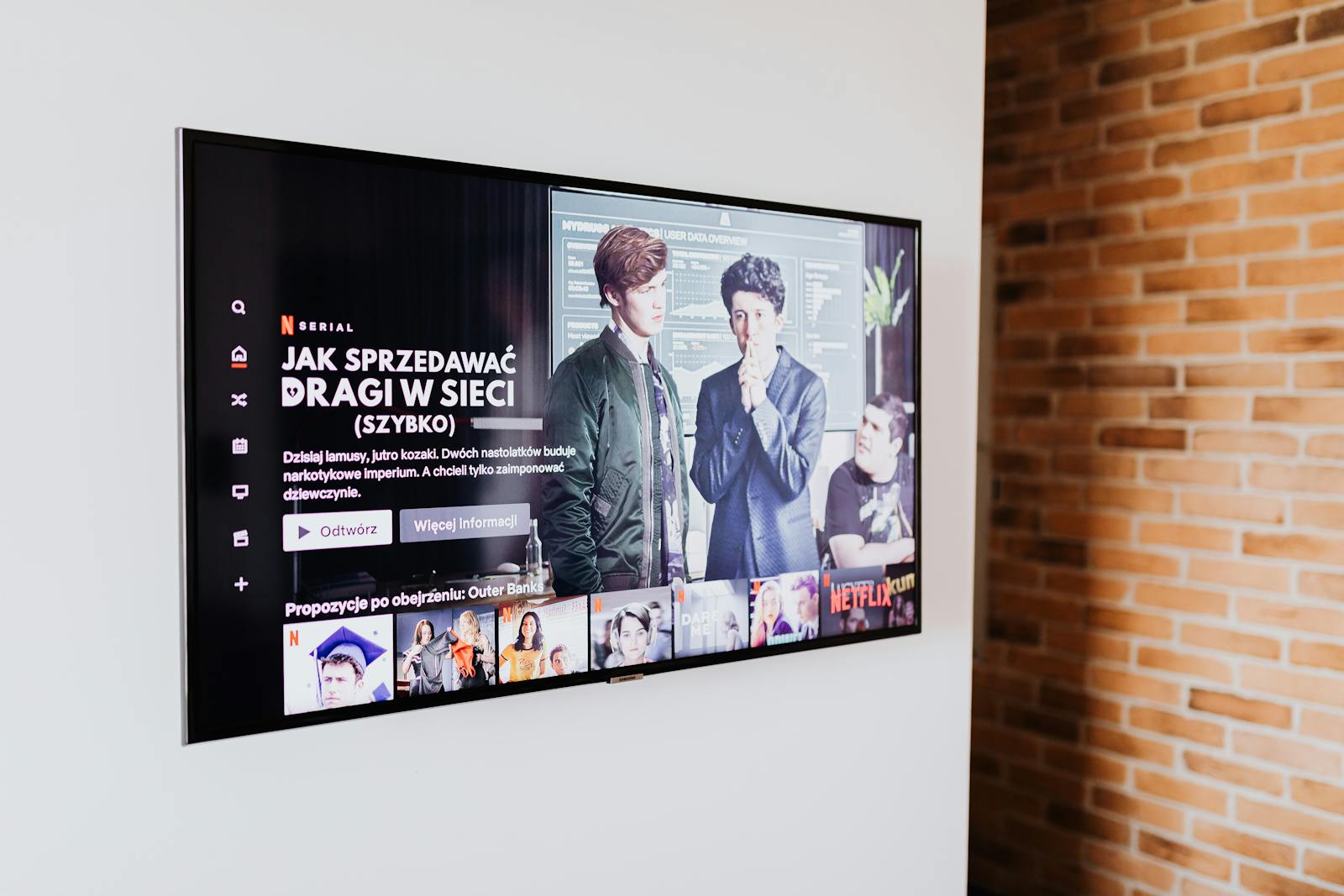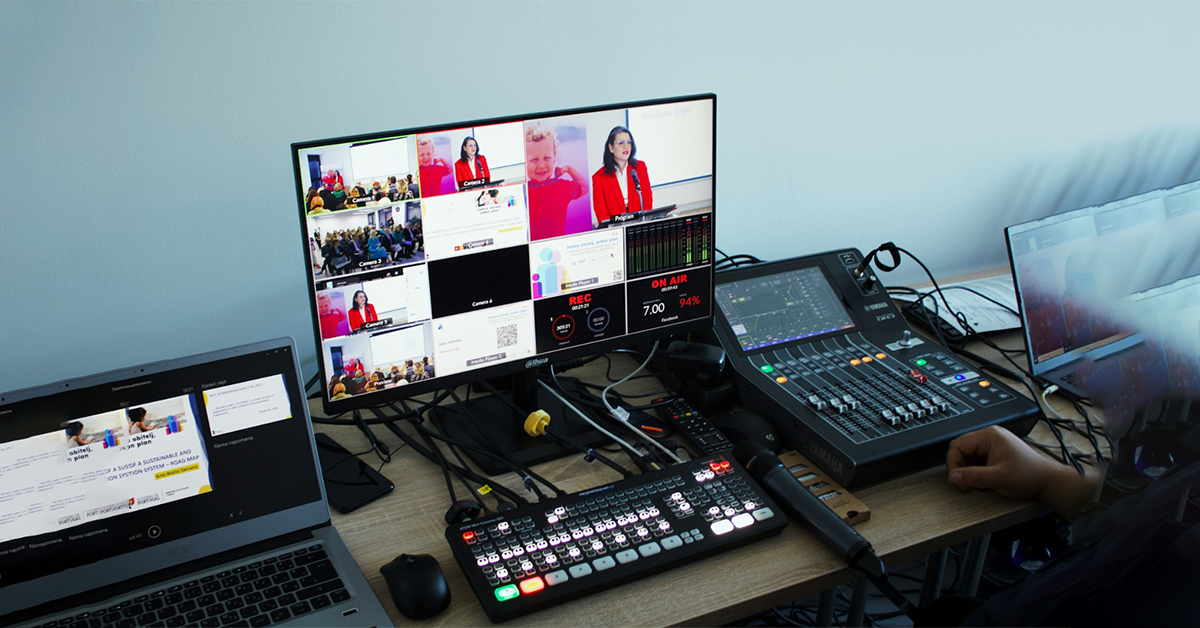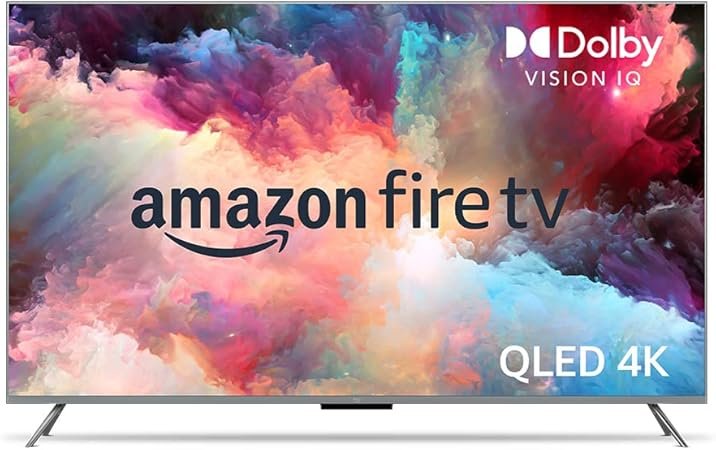So you’re hosting a webinar and you want to make sure it’s not just another boring PowerPoint presentation. You want your audience to be engaged, actively participating, and leaving with valuable takeaways. Well, look no further! In this article, we’ll reveal some tried and tested tips to boost engagement in your webinars. From incorporating interactive polls and Q&A sessions to creating interactive handouts, we’ve got you covered. Say goodbye to passive attendees and hello to a dynamic and interactive webinar experience!
Unlock the Secret to Flawless Webinars – Contact Virtual Studio Today!
Understanding the Importance of Engagement
Engagement is a vital aspect of any successful webinar. When participants are actively engaged in the content being presented, they are more likely to retain information, participate in discussions, and ultimately take action. The role of active engagement in webinars cannot be overstated. It not only improves the overall experience for your audience but also enhances the effectiveness of the webinar itself.
Role of active engagement in webinars
Active engagement in webinars involves creating an environment where participants can interact with the content, the presenter, and each other. This can be achieved through various interactive elements such as live chats, polls, and Q&A sessions. When participants are encouraged to actively engage during the webinar, they become active participants in the learning process, leading to a more impactful and memorable experience.
Benefits of higher audience engagement
Higher audience engagement in webinars has several benefits. Firstly, it helps to create a sense of community and connection among participants, which enhances their overall experience and likelihood of attending future webinars. Secondly, engaged participants are more likely to absorb and retain information, increasing the effectiveness of the webinar as a learning tool. Finally, higher engagement levels can lead to increased brand loyalty and conversions, as engaged participants are more likely to take action following the webinar.
Interactivity as a key to engagement
Interactivity is the key to engagement in webinars. By incorporating interactive elements such as polls, live chats, and multimedia features, you can encourage participants to actively participate and engage with the content. Interactivity helps to break the monotony of a one-way presentation and creates a dynamic and engaging environment. It allows participants to contribute their perspectives, ask questions, and share their experiences, fostering a deeper level of engagement and connection.
Planning an Engaging Webinar
To create an engaging webinar, careful planning is essential. By setting clear goals and objectives, understanding your audience profile, and creating engaging content, you can maximize the impact of your webinar.
Setting clear goals and objectives
Before planning your webinar, it is important to define your goals and objectives. What do you hope to achieve with the webinar? Are you looking to educate, inform, or sell a product or service? By clearly defining your goals, you can tailor your webinar content and interactive elements to meet those objectives. This clarity will also help you measure the success of your webinar and make improvements for future events.
Understanding your audience profile
To create an engaging webinar, it is crucial to understand your audience profile. Who are they? What are their interests, preferences, and pain points? By conducting audience research, you can tailor your content to resonate with your target audience and address their specific needs. This will help you create a webinar that is relevant, relatable, and valuable to your participants, increasing their engagement and satisfaction.
The role of engaging content in planning
Engaging content is the backbone of a successful webinar. Without compelling and valuable content, it can be challenging to capture and maintain the attention of your audience. When planning your webinar, focus on creating content that is informative, relevant, and actionable. Incorporate storytelling, case studies, and practical tips to keep participants engaged and motivated. By providing valuable and engaging content, you can ensure that your webinar is an enriching experience for your audience.
Ready to Captivate Your Audience? Let Virtual Studio Elevate Your Webinar Game!
Choosing the Right Technology for Your Webinar
Choosing the right technology for your webinar is essential to ensure a seamless and interactive experience for your participants. Consider the key features of webinar platforms, their support for interactivity, and the overall reliability and usability of the technology.
Key features of webinar platforms
When selecting a webinar platform, consider the key features that will enhance engagement. Look for platforms that offer interactive elements such as live chats, polls, and Q&A sessions. Additionally, consider features like screen sharing, video playback, and multimedia integration. These features will allow you to create a dynamic and interactive webinar that keeps participants engaged and involved throughout the session.
Finding platforms that support interactivity
Not all webinar platforms are created equal when it comes to interactivity. Some platforms may have limited interactive features or may not support certain interactive elements like live chats or polls. It is important to research and choose a platform that provides the level of interactivity you desire for your webinar. Engaging participants through interactive features is crucial for fostering engagement and creating a memorable webinar experience.
Reliability and usability of the technology
Reliability and usability are key factors to consider when choosing a webinar platform. A platform that is easy to navigate and use will ensure that both the presenter and the participants can focus on the content rather than struggling with technical difficulties. Additionally, a reliable platform with a stable connection and minimal downtime will provide a seamless experience for all participants. Choosing a reputable and reliable technology solution will contribute to the overall success and engagement of your webinar.
Designing the Webinar for Maximum Interactivity
Designing your webinar with interactivity in mind is crucial to driving engagement. Incorporating interactive elements, fostering real-time communication, and ensuring an engaging presentation style are essential to create a truly interactive webinar experience.
Incorporating interactive elements
Integrating interactive elements throughout your webinar will encourage participants to engage with the content actively. Consider incorporating live polls, quizzes, and interactive multimedia to capture and maintain participant attention. Interactive elements add excitement, challenge participants, and provide opportunities for immediate feedback and learning. By incorporating such elements, you can actively involve your audience and create an engaging and dynamic webinar experience.
Fostering real-time communication
Real-time communication is a key aspect of an interactive webinar. By providing avenues for participants to communicate and interact with one another and the presenter, you can create a sense of community and engagement. Encourage participants to ask questions, share their experiences, and engage in discussions through live chats and Q&A sessions. Real-time communication not only enhances engagement but also allows participants to learn from each other and feel a sense of connection and involvement.
Ensuring an engaging presentation style
The presenter’s style and delivery heavily influence the engagement levels of a webinar. To ensure an engaging presentation style, focus on being energetic, enthusiastic, and passionate about the topic. Use storytelling techniques, humor, and visual aids to enhance your presentation and captivate your audience. Vary your tone, pace, and delivery to keep participants interested and engaged throughout the webinar. A lively and engaging presentation style will help to create a memorable and impactful webinar experience.
Utilizing Visuals and Multimedia
Visuals and multimedia play a crucial role in keeping participants engaged during a webinar. By leveraging the power of visuals, videos, and animations, you can enhance the overall engagement and retention of your audience.
Significance of visuals in engagement
Visuals are powerful tools to capture and maintain participants’ attention. Humans are naturally drawn to visual stimuli, and incorporating visuals in your webinar can significantly enhance engagement. Use visually appealing slides, images, infographics, and charts to illustrate key points and provide a visual representation of complex concepts. Visuals not only make the content more engaging but also help participants to better understand and retain the information being presented.
Using videos and animations
Videos and animations are highly effective in creating an engaging webinar experience. Consider incorporating relevant videos and animations to reinforce key messages, provide real-life examples, or demonstrate complex processes. Videos and animations add a dynamic and interactive element to your webinar, keeping participants interested and involved. Be sure to choose high-quality videos that are relevant to your topic and enhance rather than distract from the content.
Interactive features of multimedia
Multimedia elements offer opportunities for interactive engagement in webinars. Consider using multimedia features such as clickable links, interactive quizzes, and multimedia player controls. These interactive features allow participants to actively engage with the multimedia content and deepen their understanding of the topic. By incorporating interactive features into your multimedia content, you can create a highly engaging and interactive webinar experience.
Interactive Features to Boost Engagement
To boost engagement during your webinar, leverage interactive features that encourage active participation from your audience. Live chats, discussion boards, polls, and quizzes are some of the effective interactive features that can enhance engagement levels.
Live chats and discussion boards
Live chats and discussion boards provide platforms for real-time communication and collaboration during the webinar. Participants can share their thoughts, ask questions, and engage in discussions with the presenter and other participants. This interactive feature creates a sense of community and allows participants to actively participate, share their perspectives, and learn from each other. Live chats and discussion boards are excellent tools for fostering engagement and creating an interactive learning environment.
Polls and quizzes
Integrating polls and quizzes into your webinar can significantly boost engagement. Polls allow you to collect instant feedback and opinions from participants, creating an interactive and participatory experience. Quizzes, on the other hand, can be used to test participants’ knowledge and understanding of the content. Participants can actively engage with the quizzes by answering questions and receiving immediate feedback on their performance. Polls and quizzes promote active learning and keep participants engaged throughout the webinar.
Q&A sessions
Q&A sessions offer participants the opportunity to ask questions, seek clarification, and interact directly with the presenter. This interactive feature allows participants to actively engage with the content and address any doubts or queries they may have. Q&A sessions foster a sense of involvement, create a dialogue between the presenter and participants, and provide valuable insights that enhance the overall webinar experience. Incorporating regular Q&A sessions throughout your webinar ensures that participants feel heard and engaged.
Driving Engagement before the Webinar
Engagement should begin before the actual webinar takes place. By promoting the webinar, engaging registrants with pre-webinar communications, and setting the stage for interaction, you can generate excitement and anticipation among your audience.
Promoting the webinar
Promotion plays a crucial role in driving engagement before the webinar. Utilize various marketing channels such as social media, email marketing, and your website to create awareness about the upcoming webinar. Clearly communicate the value and benefits of attending the webinar to entice potential participants. Create engaging and visually appealing promotional materials such as videos, infographics, or teaser content to generate interest and curiosity. Effective promotion will help generate a larger and more engaged audience for your webinar.
Engaging registrants with pre-webinar communications
Engaging registrants through pre-webinar communications is an excellent way to build anticipation and maximize engagement. Send out confirmation emails with useful information and reminders about the webinar, including the date, time, and instructions for joining. Consider sending pre-webinar materials such as articles, videos, or worksheets that participants can review before the webinar. These materials not only help participants prepare but also create a sense of anticipation and engagement.
Setting the stage for interaction
Before the webinar begins, set the stage for interaction to encourage engagement from the start. Establish clear expectations around participant engagement and participation. Inform participants about the interactive elements that will be incorporated during the webinar, such as live chats, polls, or Q&A sessions. Encourage participants to actively engage and ask questions throughout the webinar, creating a participatory atmosphere. By setting the stage for interaction, you lay the foundation for a highly engaged and interactive webinar experience.
Maintaining Engagement during the Webinar
Maintaining engagement throughout the webinar is essential for a successful and impactful event. By keeping the pace lively and interactive, relying on audience feedback, and utilizing techniques to sustain audience attention, you can ensure that participants remain engaged and focused.
Keeping the pace lively and interactive
To maintain engagement, it is important to keep the pace of the webinar lively and interactive. Avoid long periods of monotonous talking by incorporating interactive elements, multimedia, and visual aids. Vary your delivery style, tone, and pace to keep participants interested and energized. Break up the content into shorter segments and incorporate regular breaks or activities to keep participants engaged. By maintaining an energetic and interactive pace, you can prevent participant boredom and enhance engagement.
Relying on audience feedback
Audience feedback is a valuable tool for maintaining engagement during the webinar. Encourage participants to provide feedback, ask questions, and offer their insights throughout the session. Actively address questions and comments from participants, creating a dialogue and acknowledging their contributions. By incorporating audience feedback, you demonstrate that you value their input and actively engage in a conversation with them. This fosters a sense of involvement and commitment from participants, further enhancing their engagement.
Techniques to sustain audience attention
Sustaining audience attention throughout the webinar requires the use of various techniques. Use storytelling techniques, real-life examples, and case studies to captivate participants’ attention and make the content relatable. Incorporate interactive elements such as live polls, quizzes, and demonstrations to actively involve participants and maintain their interest. Strategically place breaks or activities within the webinar to give participants a chance to reflect and recharge. By utilizing techniques that sustain audience attention, you can keep participants engaged and actively participating throughout the webinar.
Encouraging Post-Webinar Interaction
Engagement doesn’t end with the webinar itself. Encouraging post-webinar interaction is essential for creating a lasting impact and nurturing a community of participants.
Wrapping up the webinar with a call for action
At the end of the webinar, wrap up the session by emphasizing a clear call to action. Encourage participants to take the next step, whether it be signing up for a newsletter, purchasing a product, or joining a community. Clearly communicate the benefits and value of the action and provide clear instructions on how participants can take action. By wrapping up the webinar with a call to action, you motivate participants to further engage and continue their journey beyond the webinar.
Commencing post-webinar discussions
Post-webinar discussions are a valuable opportunity for participants to reflect, share their insights, and continue the conversation. Consider setting up a dedicated platform, such as a forum or social media group, where participants can engage in discussions and connect with one another. Encourage participants to share their takeaways, ask questions, and provide feedback on the webinar. Actively participate in the discussions and respond to participants’ comments, further nurturing engagement and building a sense of community.
Building a community after the event
To sustain engagement and create a lasting impact, focus on building a community after the webinar. Continuously provide valuable content, resources, and opportunities for ongoing learning and interaction. Consider hosting regular webinars, workshops, or virtual networking events for the community. Foster connections between participants and provide platforms for collaboration and knowledge sharing. By building a community, you create a space for ongoing engagement, support, and growth for both you and your participants.
Evaluating the Success of Interactive Webinars
Measuring the success of your interactive webinar is crucial for informed decision-making and continuous improvement. By using key metrics to measure engagement, analyzing participant feedback, and leveraging both qualitative and quantitative metrics, you can evaluate the effectiveness of your webinar and make data-driven improvements.
Key metrics to measure engagement
Engagement can be measured using various key metrics. Some of the key metrics to consider include the number of participants, participant engagement levels, the average time spent watching the webinar, and the number of interactions or responses to interactive elements. Additionally, consider metrics such as the number of questions asked, the quality of feedback received, and participant satisfaction ratings. By tracking these metrics, you can gain insights into the overall engagement levels and identify areas for improvement.
Using feedback for better future webinars
Participant feedback is a valuable resource for improving future webinars. Collect feedback through surveys, post-webinar evaluations, or through discussions in the community. Analyze the feedback received and identify common themes, strengths, and areas for improvement. Use this feedback to refine your content, delivery style, and interactive elements for future webinars. By actively using feedback, you demonstrate that you value participant input, foster ongoing engagement, and continuously improve the quality of your webinars.
Qualitative vs Quantitative metrics of engagement
When evaluating the success of your interactive webinar, it is important to consider both qualitative and quantitative metrics of engagement. Quantitative metrics provide measurable data such as the number of participants, engagement levels, or average time spent watching the webinar. These metrics offer a quantitative assessment of engagement levels. On the other hand, qualitative metrics provide insights into the quality of engagement, participant feedback, and overall satisfaction. Qualitative metrics offer a more nuanced understanding of engagement and can provide valuable insights for improvement. By combining both qualitative and quantitative metrics, you can obtain a comprehensive evaluation of the success of your interactive webinar.
Transform Your Webinars from Bland to Grand – Connect with Virtual Studio Experts!









